2ND GRADE
Students will consider the different types of buildings that they have been in lately. What was the purpose of each building? What differs in the design of each building? Students will be able to accurately determine building use and become more attuned to design elements in public architecture.
Lesson –Building Types
Length of Lesson: 60 minutes
Architectural Principles
Design is accomplished by composing the physical characteristics of size, shape, texture, proportion, scale, mass and color.
Order is the arrangement and organization of elements to help solve visual and functional problems.
Form follows function is a design approach where the form of the building is determined by the function of its spaces and its parts.
Visual thinking is a key to awareness of the built environment.
The creative process is basic to design.
Past, current and future technologies influence design decisions.
Materials
Pencils, crayons, and markers
Graph paper with 1/2-inch square grid
Rulers
Images of local buildings of different uses (included)
Example of Building Type/Activity Chart
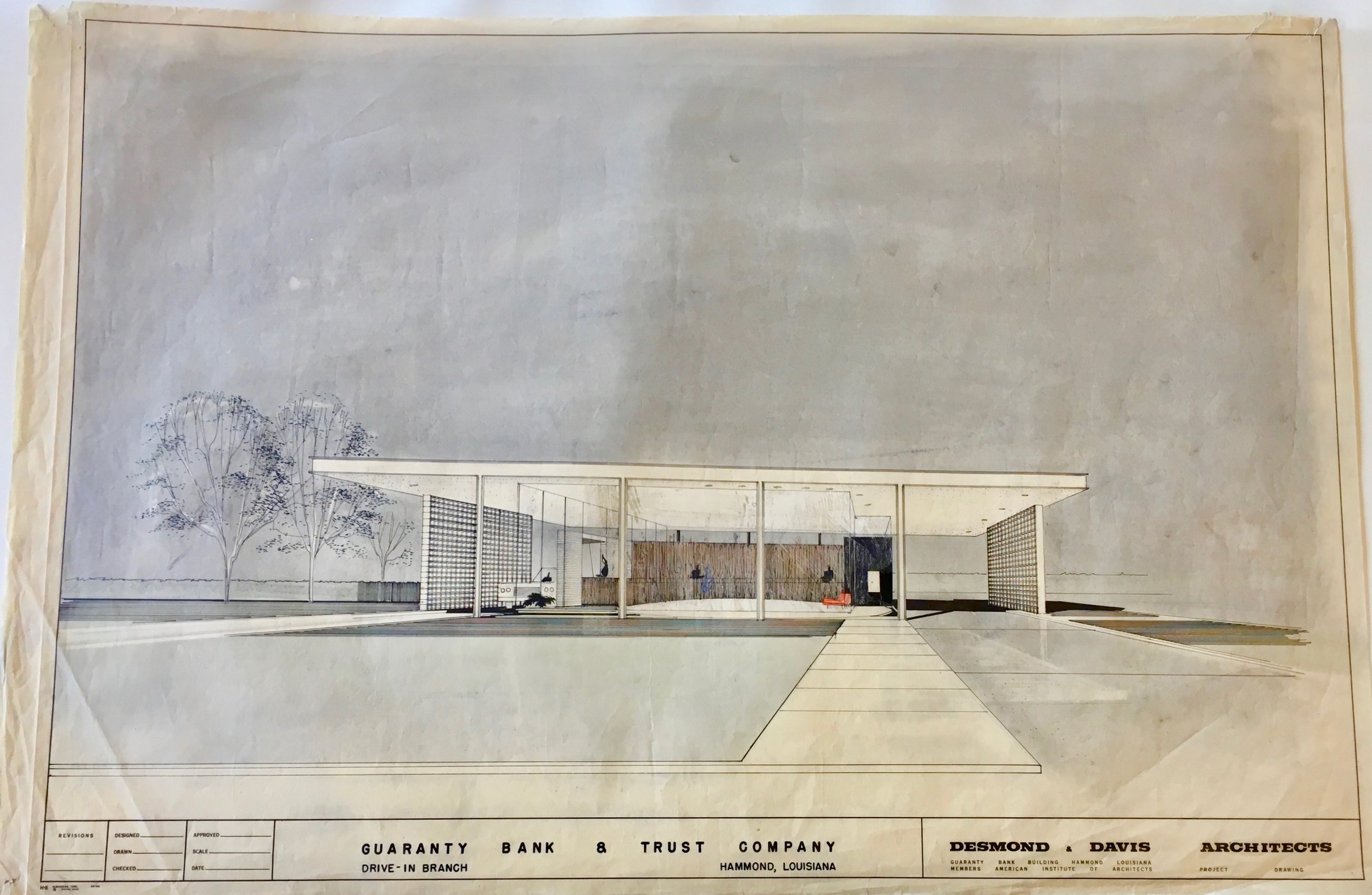
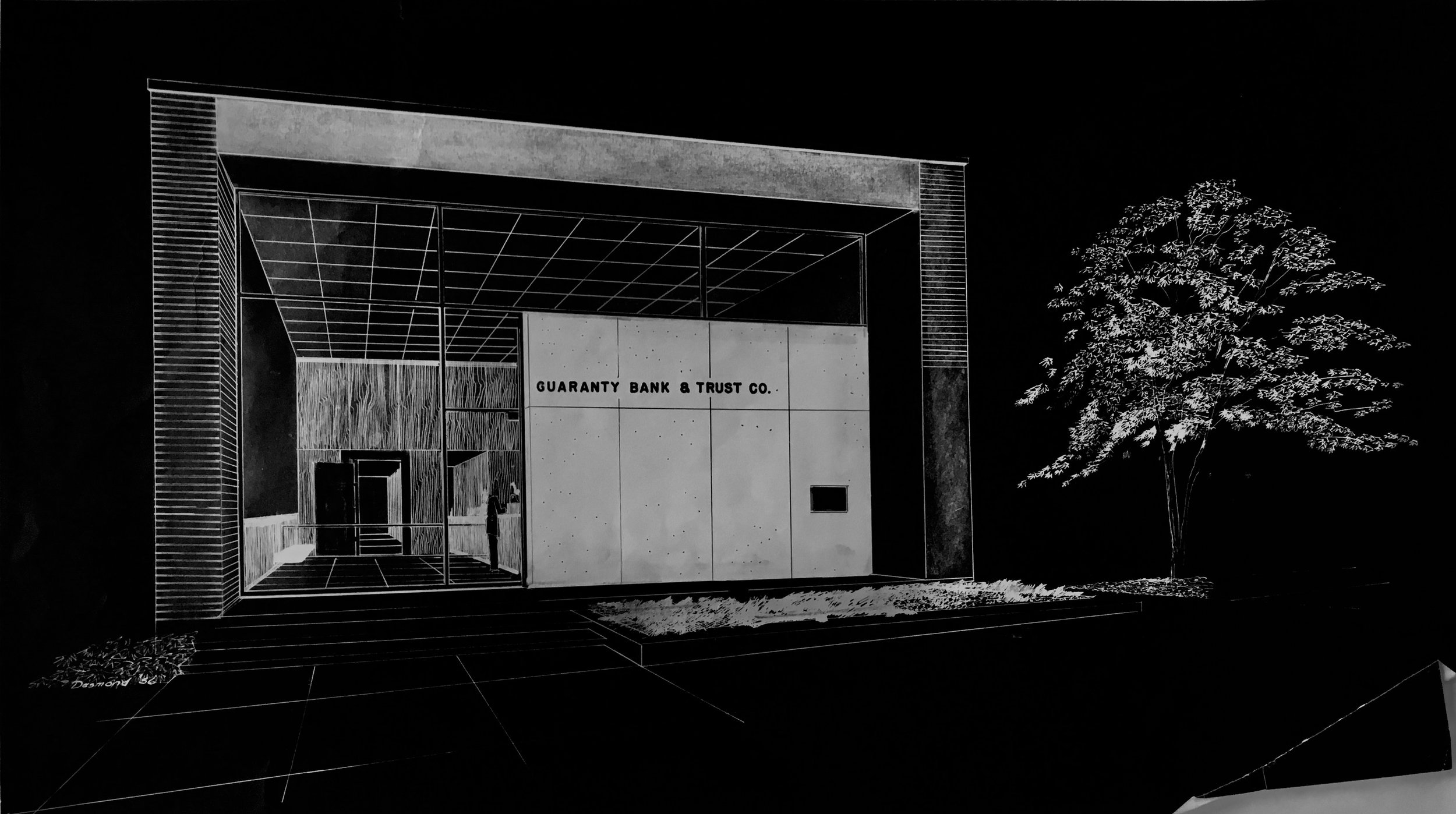
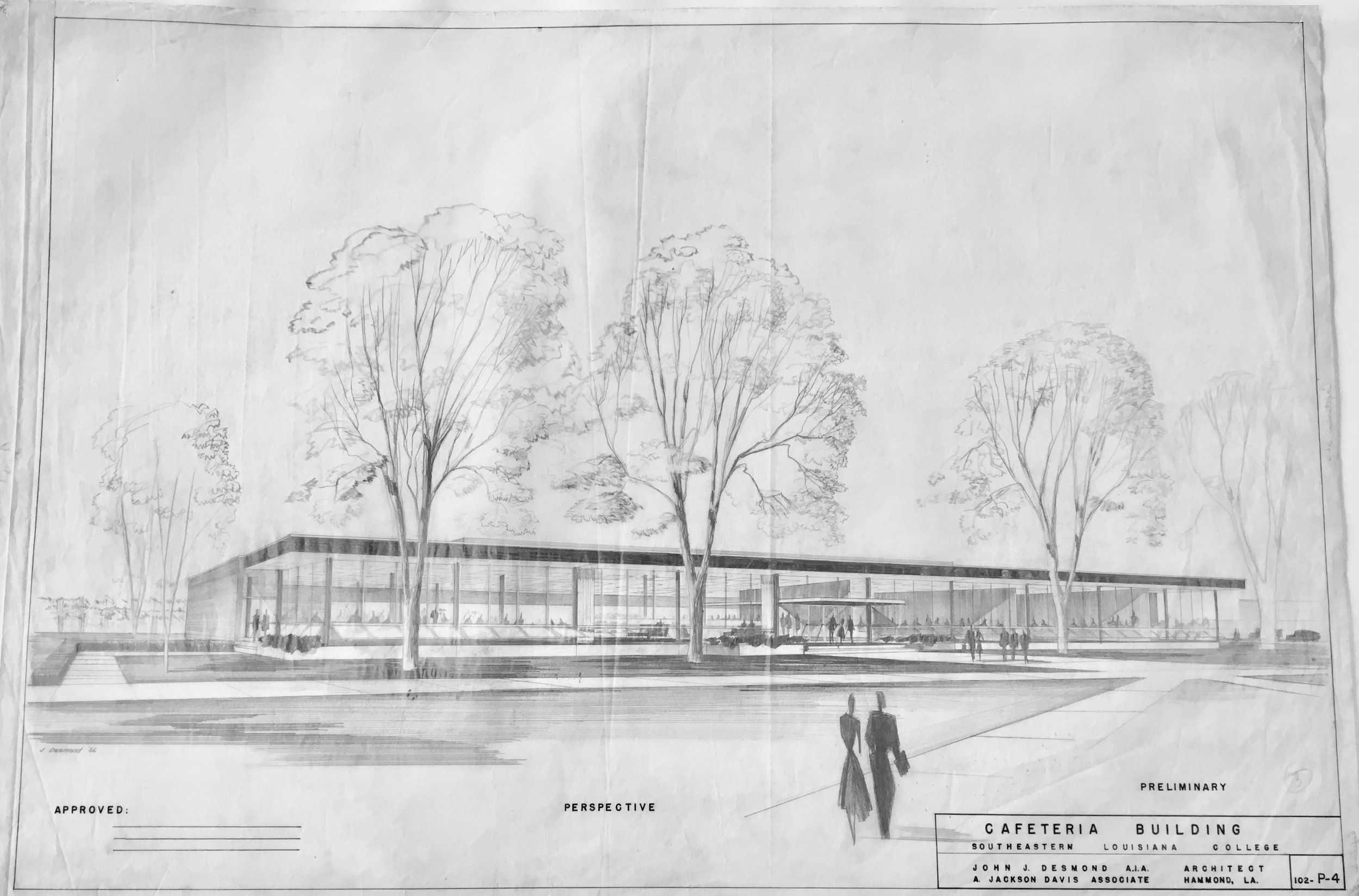
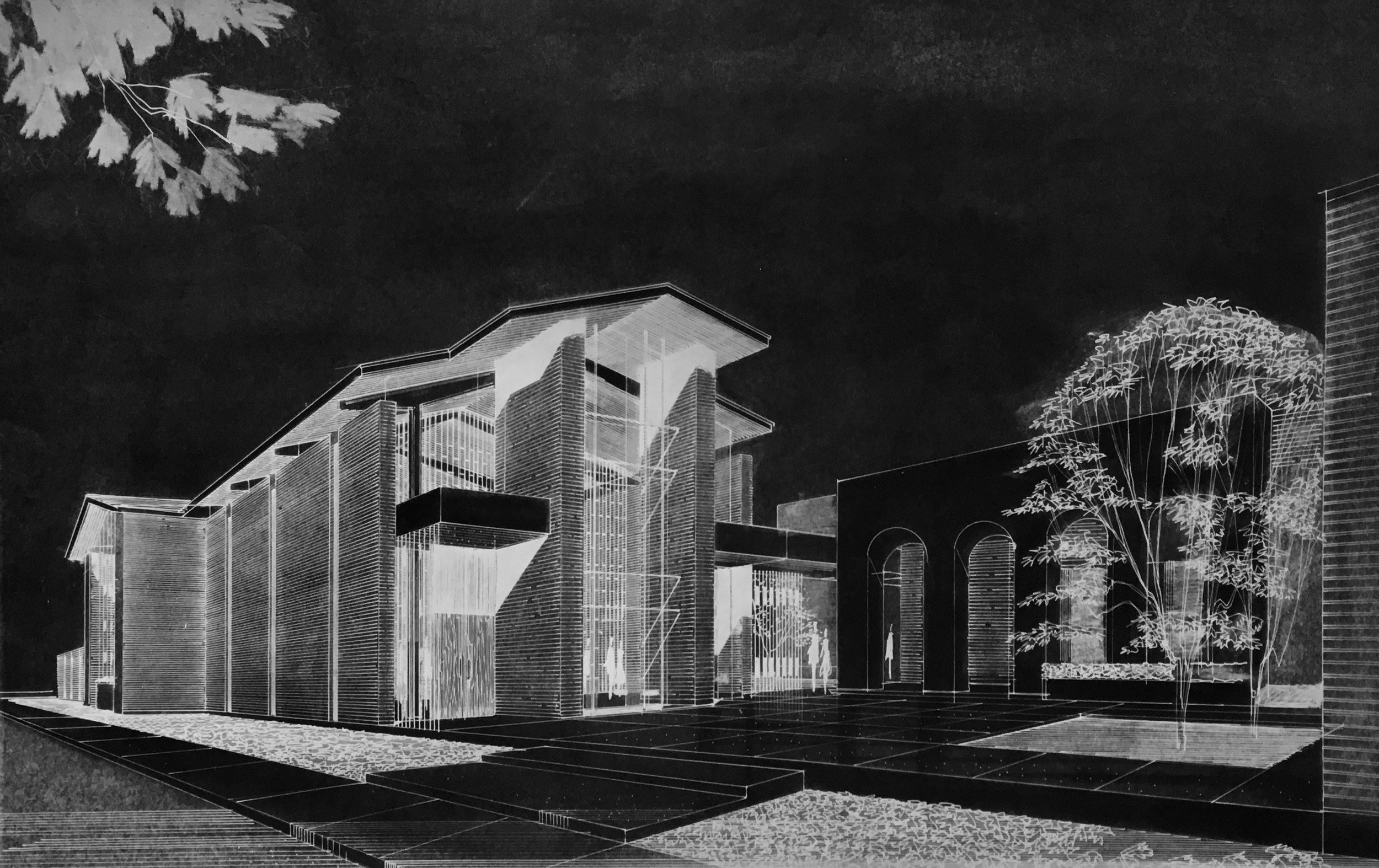

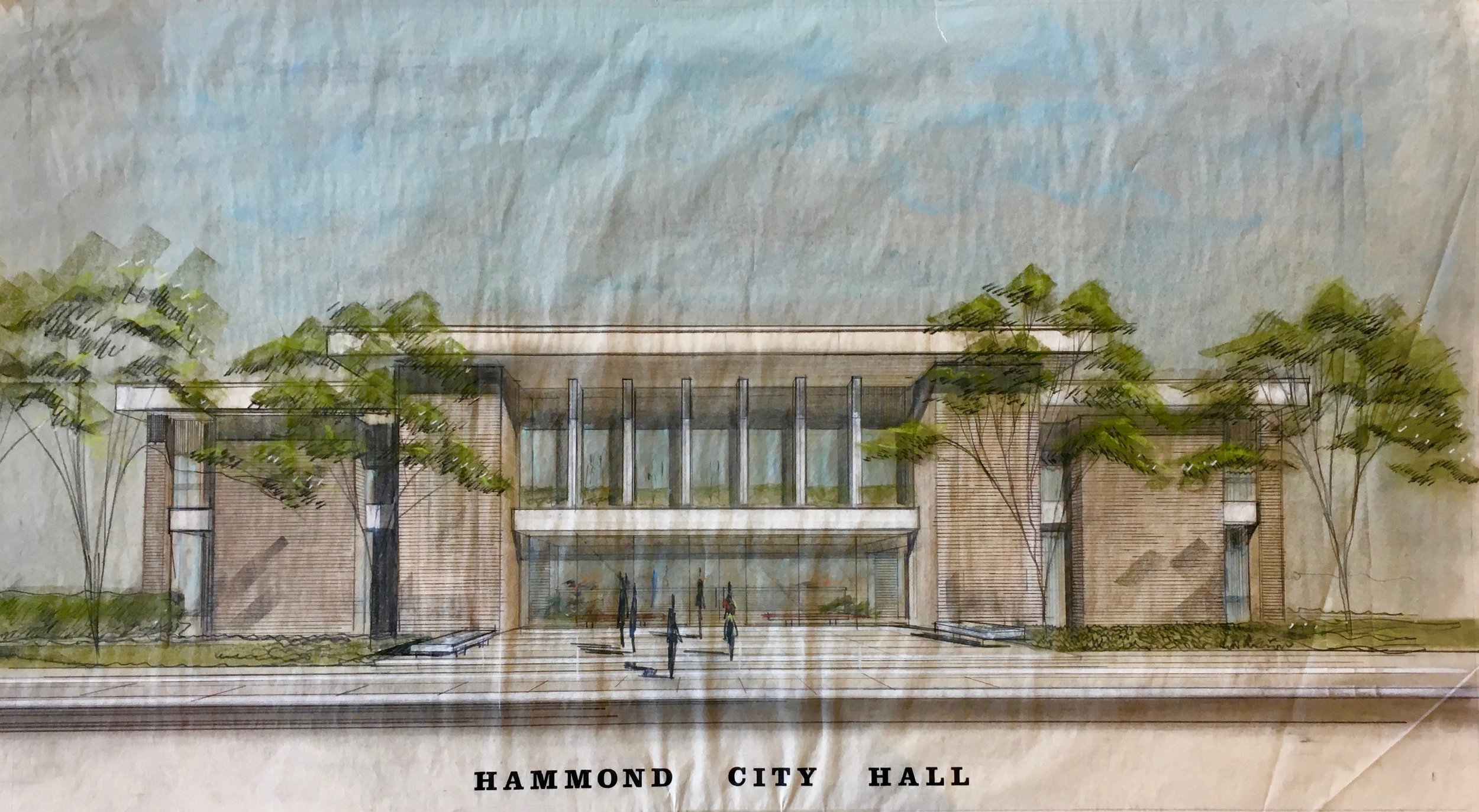
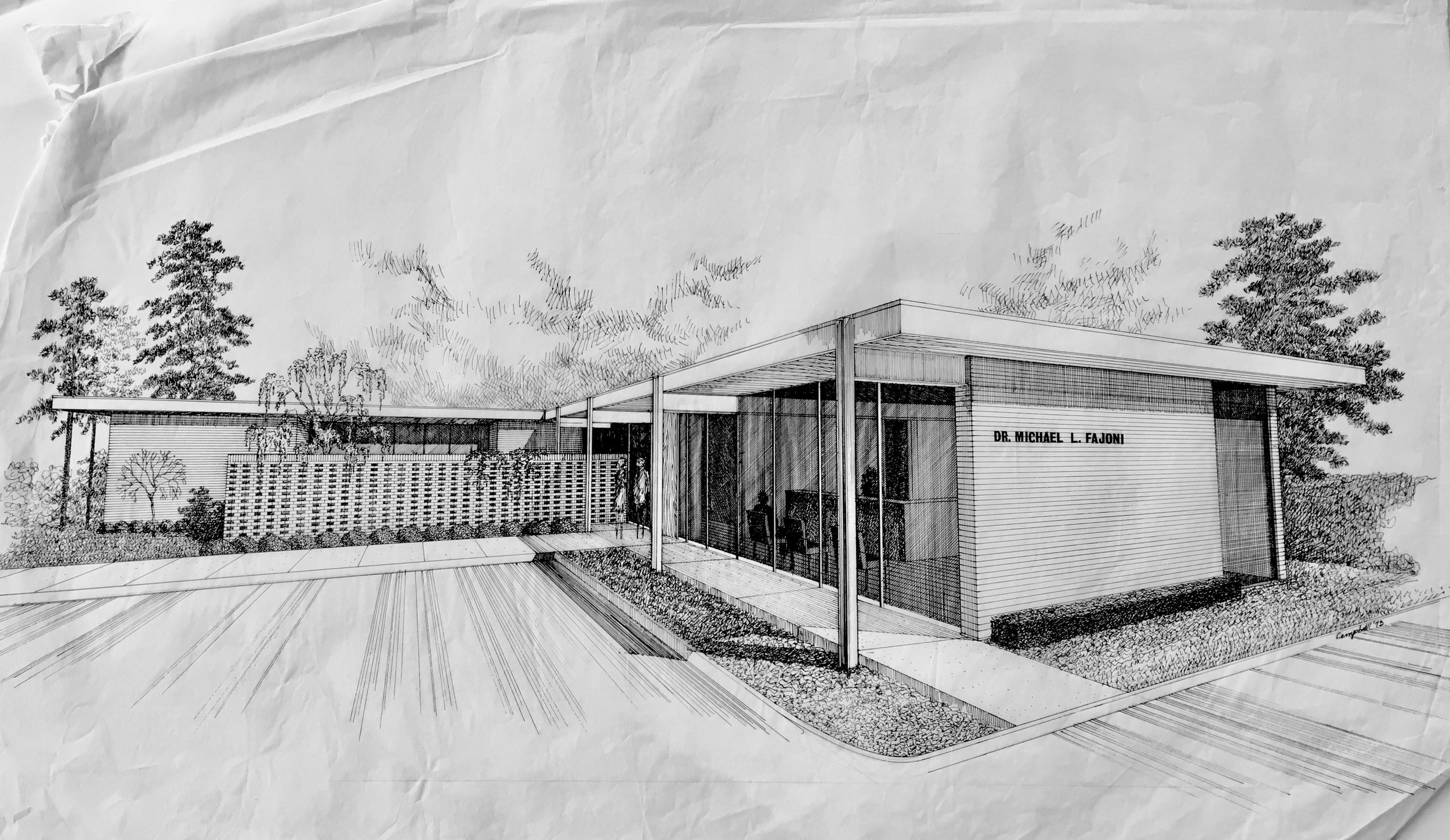
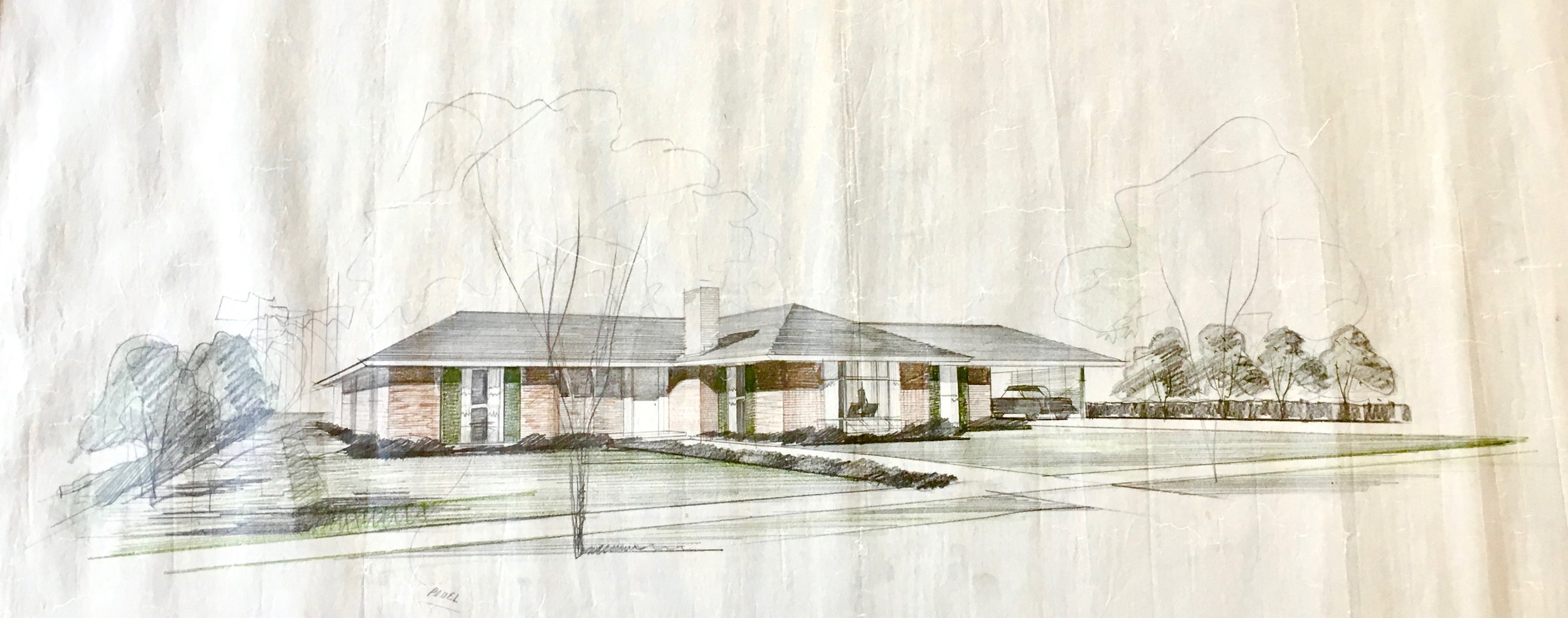

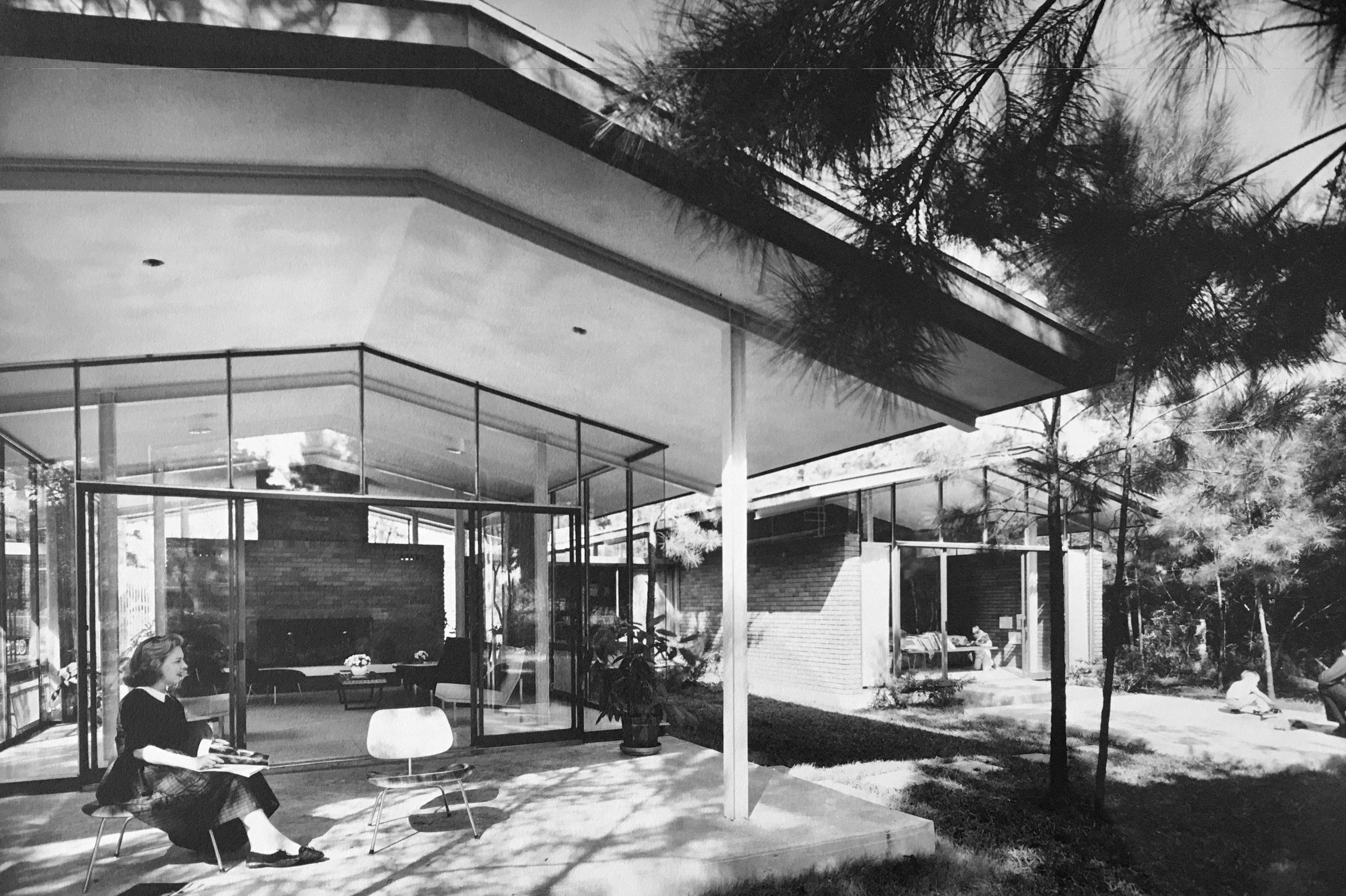
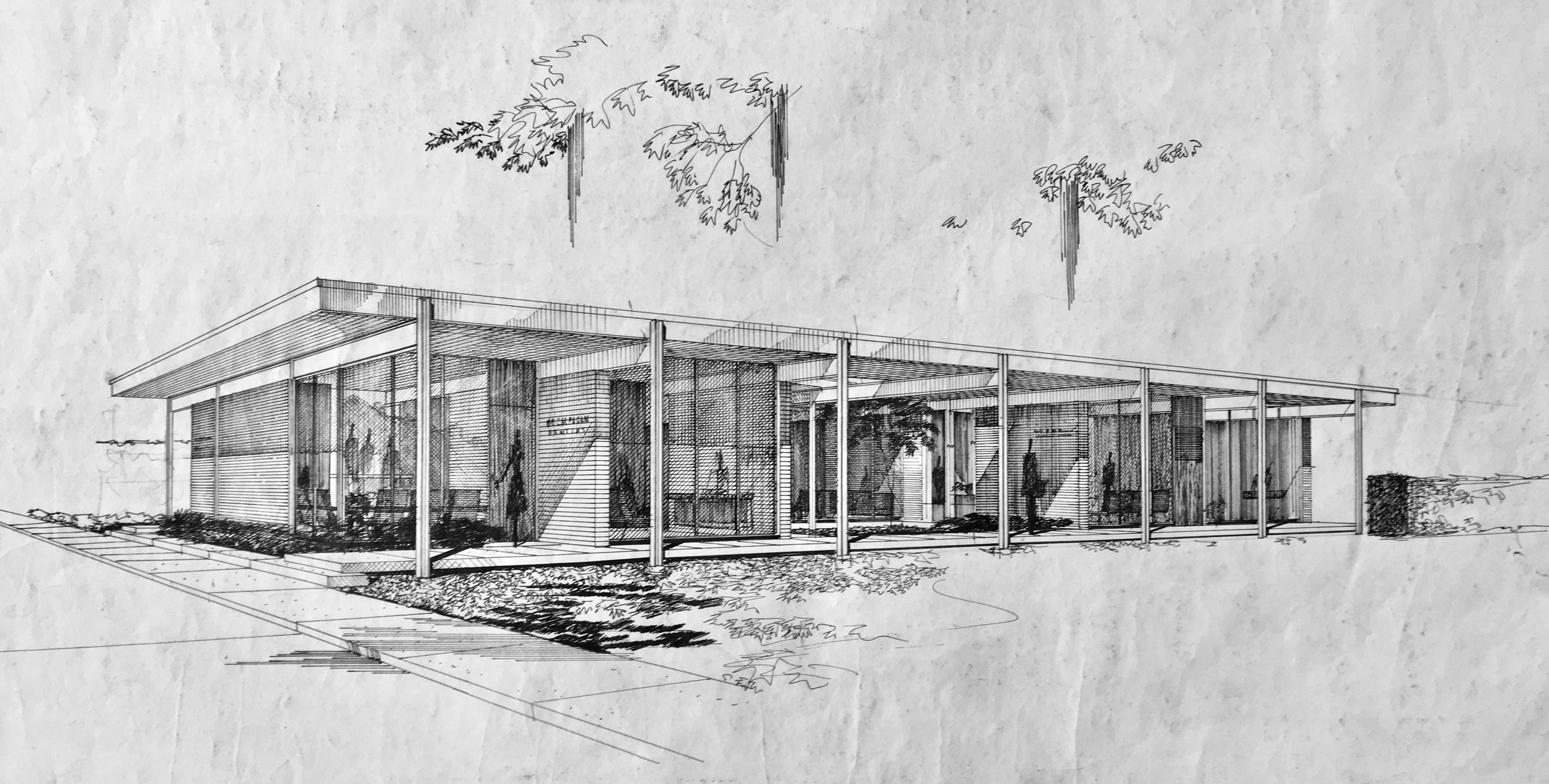
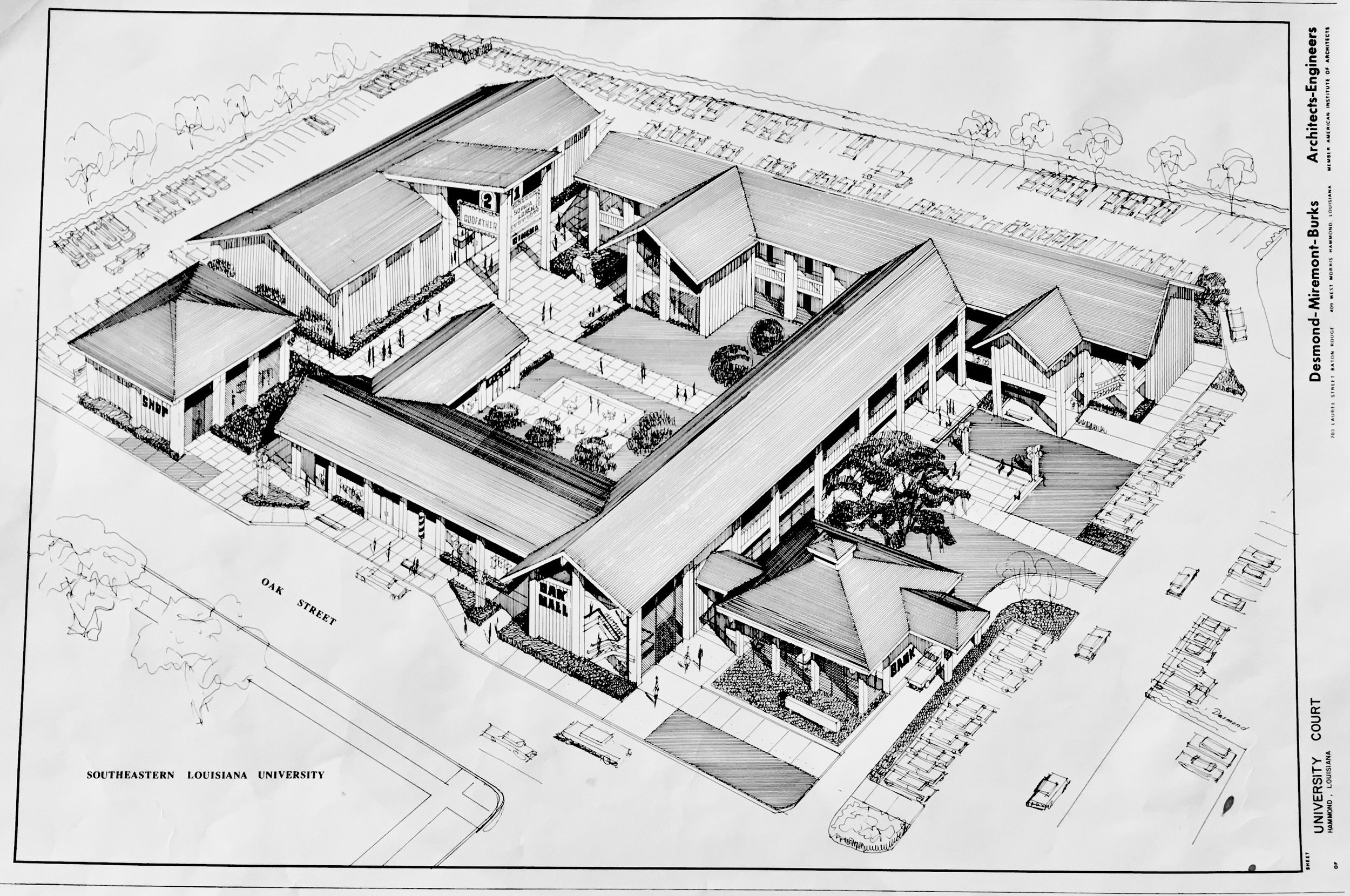
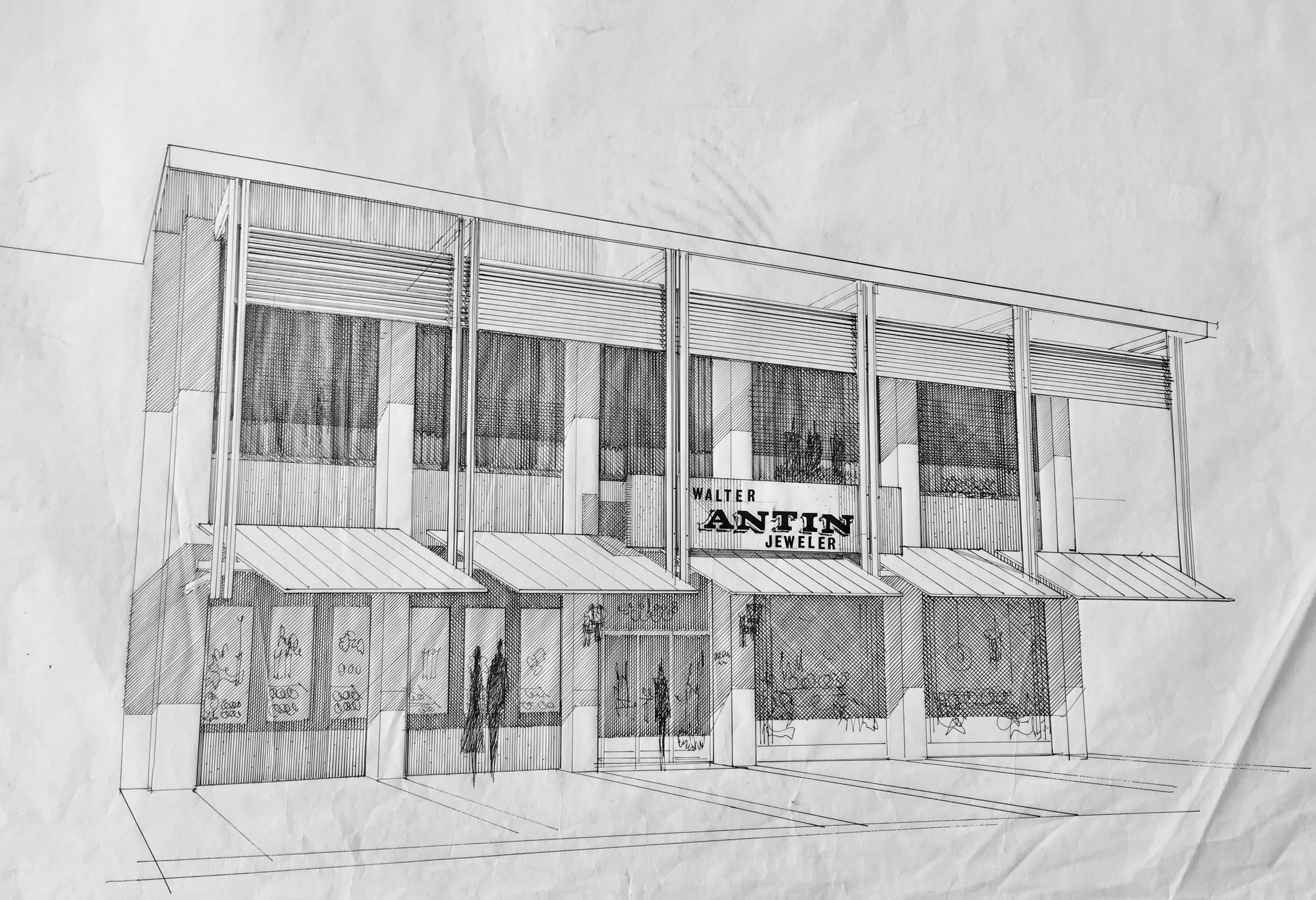

Activity
1. Ask the students to think about the types of buildings they have recently been to and write them down. What did these buildings look like? What kind of activities did they do in the building?
2. Ask students to write down the rooms they remember going in. What did they look like? What was their purpose? Ask students to consider why certain things must be done in certain buildings and how that impacts the design.
3. Show students images of different types of modern buildings in Hammond (included). Ask students what they think the “use” for that building is based on its appearance. What design features must be present for certain activities to take place?
4. Ask students to create a Building Type/Activity chart. Example included.
5. Using the images of local buildings as inspiration, have students draw 3 buildings for 3 specific functions using graph paper, pencils, crayons, markers, and rulers.
6. The student should write a short description (1-3 sentences) about what makes their buildings specific to the functions that will take place there.
Teacher’s Evaluation
1. Evaluate student discussion to determine student awareness of the built environment and knowledge of building type.
2. Evaluate student drawings for awareness and accuracy of the relationship between architectural design and activities.
3. Evaluate the quality of student writing to succinctly describe the buildings and their use.

